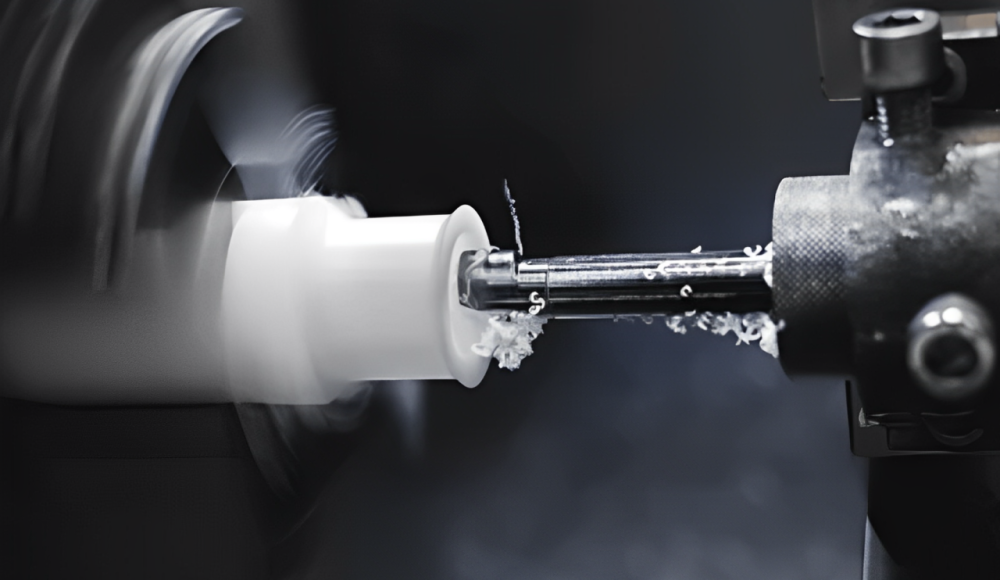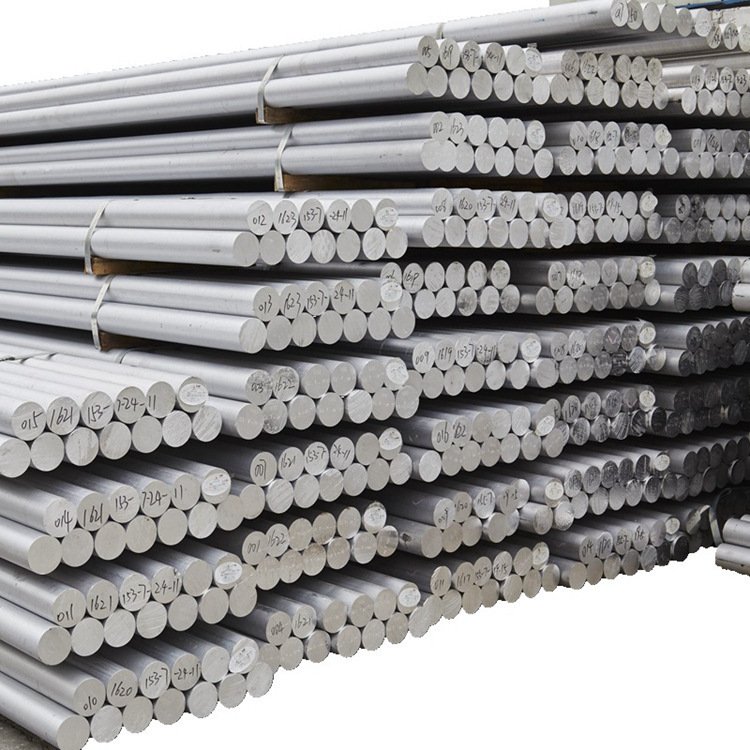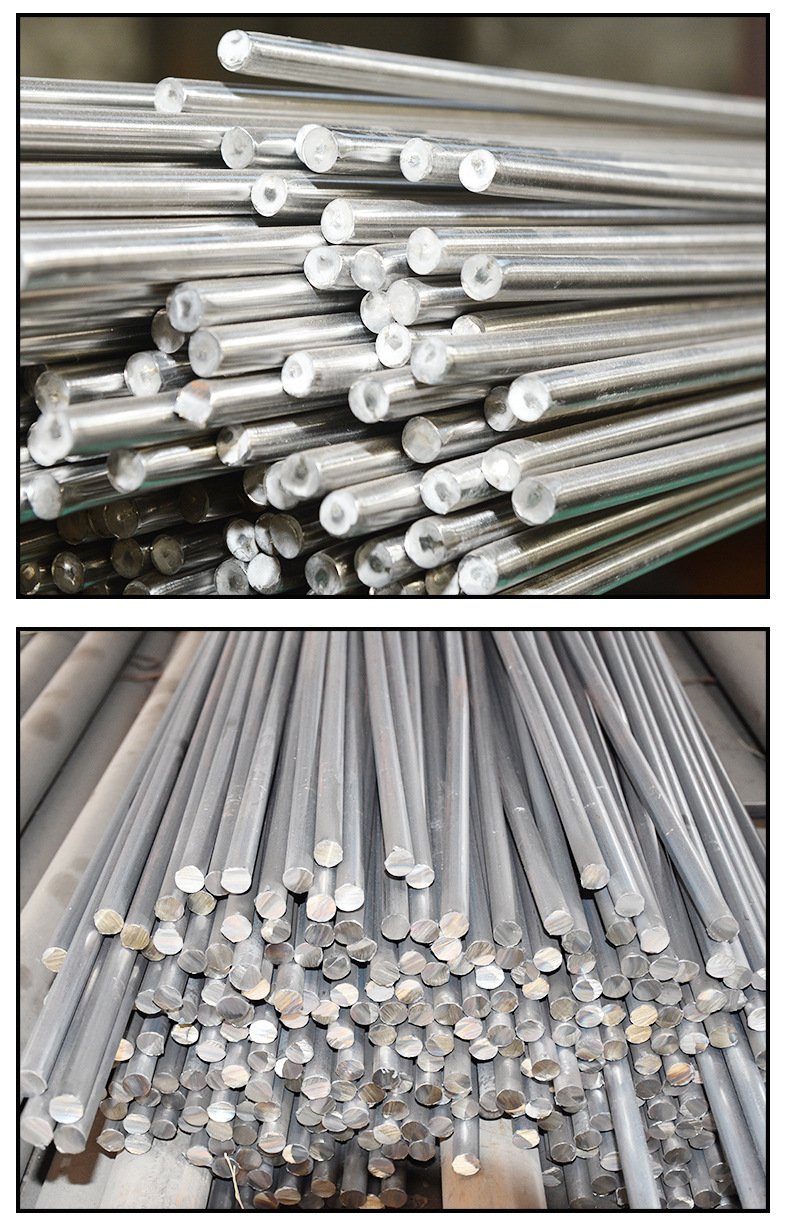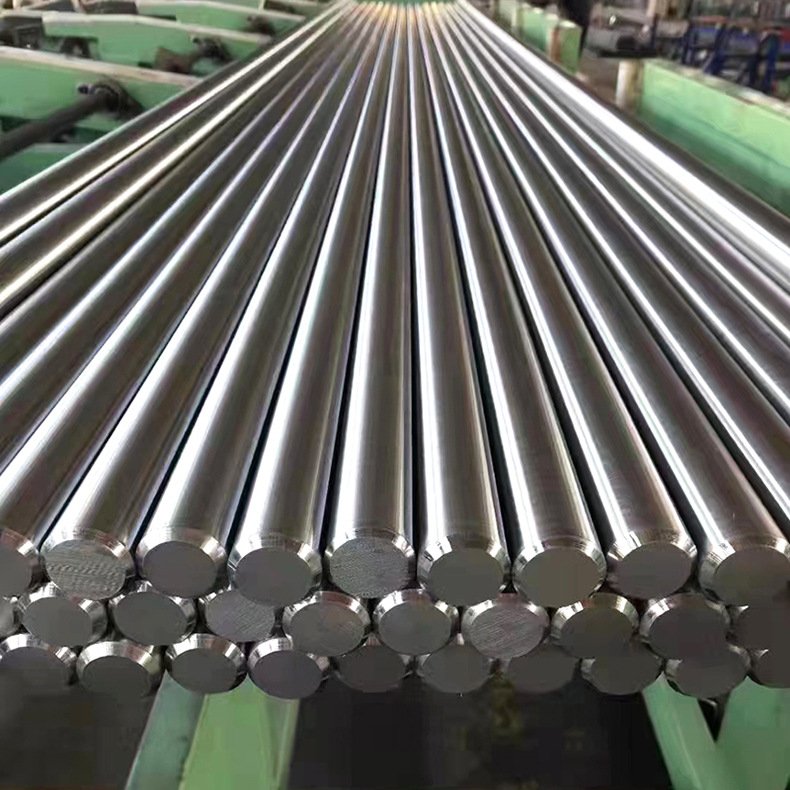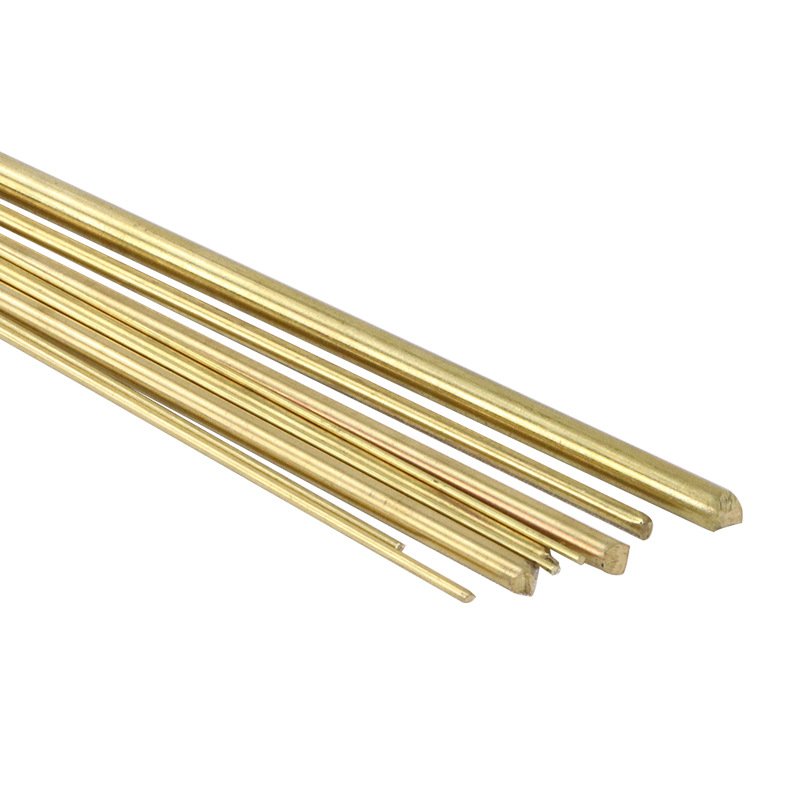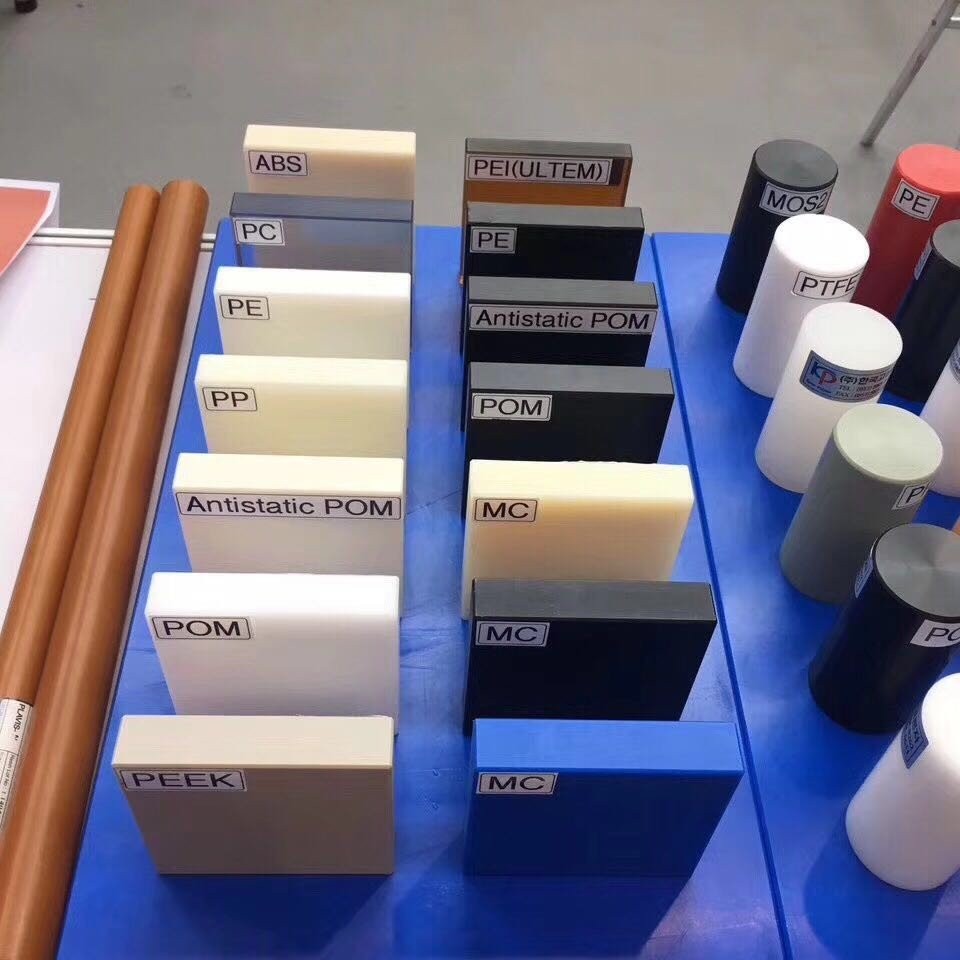Lavorazione CNC è popolare per la sua funzionalità di automazione. Non solo accelera la velocità. Ma promuovono anche alta precisione e accuratezza. oltre a questo, è utilizzato in molte applicazioni in molti settori. COSÌ, quando parliamo di lavorazione CNC e dei suoi prodotti in uscita. Consideriamo anche i materiali che utilizziamo per il processo di lavorazione CNC. In questo articolo, we will explore the different materials ideal for CNC machining, the factors to consider when selecting materials, and tips for optimizing material choices for your projects.
Different Categories of Material in CNC Machining
CNC machining is a versatile process capable of working with a wide array of materials. While metal and plastic are the most commonly used materials, CNC machining can also accommodate materials such as ceramics, legna, e materiali compositi. Each material category has distinct advantages and challenges, which make it important to choose the right one depending on the application.
Categories of Materiali per la lavorazione CNC:
- Metalli– Commonly used in industries like aerospace, settore automobilistico, and medical devices due to their durability and strength.
- Plastica– Popular in the consumer goods and medical industries, where lightweight, corrosion-resistant parts are needed.
- Compositi– Used in specialized industries such as aerospace and sports equipment manufacturing, offering high strength-to-weight ratios.
- Wood and Ceramics– Used for specialized and low-volume production, typically for artistic or unique products.
Types of Metal Materials for CNC Machining and Examples
Metals are the go-to material for most CNC machining operations due to their strength, resistenza al calore, and ability to endure heavy loads. Sotto, we explore the most commonly used metals in CNC machining.
Alluminio
Aluminum is one of the most commonly used metals in CNC machining. Its advantages include a low density, elevato rapporto resistenza/peso, e eccellente macchinabilità. Leghe di alluminio, ad esempio 6061 E 7075, are widely used in industries requiring lightweight but strong materials, such as aerospace, settore automobilistico, ed elettronica di consumo. It’s corrosion-resistant and offers excellent surface finishes, making it suitable for both functional and aesthetic parts.
Acciaio inossidabile
Stainless steel is known for its corrosion resistance, tenacità, and high strength. It’s often used in medical devices, aerospaziale, and marine applications. While stainless steel has superior resistance to corrosion, its hardness can make it challenging to machine. Common grades of stainless steel used in CNC machining include 303, 304, E 316.
Carbon Steel and its Alloys
Carbon steel is widely used due to its excellent machinability, forza, e convenienza. It is especially favored for applications requiring robust mechanical properties like structural components, ingranaggi, e dispositivi di fissaggio. Tuttavia, carbon steel’s lack of corrosion resistance limits its applications in harsh environments unless coated.
Copper and its Alloys
Copper is chosen for its high thermal and electrical conductivity. It’s often used in electrical components like wiring and connectors, as well as in cooling systems. Ottone E bronzo, alloys of rame, offer improved machinability and corrosion resistance, making them ideal for manufacturing precision components like gears, cuscinetti, e connettori.
Titanio
Titanium offers an exceptional combination of strength and lightweight properties. It’s widely used in high-performance industries, including aerospace and medical implants. Tuttavia, titanium is difficult to machine due to its toughness, so specialized tooling and machining processes are required.
Magnesio
Magnesium is one of the lightest metals, making it a suitable choice for applications that require reduced weight, such as automotive and aerospace. Magnesium’s properties also make it excellent for high-temperature applications. Tuttavia, its flammability during machining poses a challenge.
Types of Plastic Materials for CNC Machining and Examples
While metals dominate CNC machining, plastics are gaining traction, especially for applications where lightweight, durabilità, and flexibility are necessary. The following plastics are frequently used in CNC machining:
Acrilico (PMMA)
Acrilico, or PMMA, is widely used for its optical clarity and rigidity. It is often used as a substitute for glass in applications such as windows, display, and signage. Acrylic is versatile but prone to cracking, especially under high stress, which must be considered during machining.
Polipropilene (PP)
Polypropylene is known for its chemical resistance and fatigue strength. It’s commonly used in medical applications and consumer goods. Tuttavia, its tendency to soften at high temperatures makes it challenging to machine in some cases.
Acetale (POM/Delrin)
Acetal is known for its superior strength, moisture resistance, e eccellente macchinabilità. It’s frequently used in precision components like gears and bearings due to its ability to maintain its shape even under heavy loads.
Nylon
Nylon is a strong, durevole, and impact-resistant material used in numerous applications, including bearings, ingranaggi, e componenti elettrici. It also has low friction, making it a common choice for parts exposed to wear.
addominali
ABS is an affordable plastic with good machinability, resistenza alla trazione, e resistenza all'impatto. It’s used in producing automotive parts, protective enclosures, e prototipi. ABS is also highly colorable, making it a good choice for aesthetic applications.
UHMW-PE
Ultra-high-molecular-weight polyethylene (UHMW-PE) is highly resistant to wear and abrasion, making it suitable for applications like bearings, ingranaggi, and sliding surfaces. Although it can be difficult to machine, its exceptional properties make it a valuable material for high-stress environments.
Policarbonato (computer)
Polycarbonate is known for its excellent impact resistance and optical clarity. It is often used in high-temperature applications, as well as in the production of electronic components, dispositivi medici, e parti automobilistiche.
Politherethetone (SBIRCIARE)
PEEK is a high-performance plastic with outstanding chemical resistance, resistenza meccanica, e stabilità dimensionale, making it ideal for use in extreme environments such as aerospace, lavorazione degli alimenti, e petrolio e gas.
Cloruro di polivinile (PVC)
PVC is a low-cost plastic with excellent machinability. It’s used in applications requiring resistance to chemicals and high impact, such as plumbing systems, electrical fittings, e componenti automobilistici.
Quick View: CNC Machining Material Chart
Here’s a quick overview of common CNC materials, their key properties, and some examples of where they’re used.
| tipo di materiale | Materiale | Proprietà chiave | Applicazioni comuni | Voti & Codes |
| Metallo | Alluminio | Leggero, resistente alla corrosione, eccellente macchinabilità | Aerospace frames, parti automobilistiche, elettronica, costruzione | Al 1050, Al 6061, Al 7075 |
| Acciaio inossidabile | Forte, resistente alla corrosione, resistente al calore | Medical equipment, marino, outdoor enclosures | SS 303, SS 304, SS 316 | |
| Acciaio al carbonio | Molta forza, eccellente macchinabilità | Mechanical fasteners, componenti strutturali | 1018, 4130, 4140 | |
| Rame | Great thermal/electrical conductivity, malleabile, resistente alla corrosione | Electrical wire, magnetic devices, gioielleria | Cu, Cu + Zn, Cu + Be | |
| Titanio | Elevato rapporto resistenza/peso, resistente alla corrosione | Aerospaziale, militare, biomedical parts | Ti Grade 1, Ti Grade 2 | |
| Magnesio | Leggero, excellent thermal properties | Componenti del motore, settore automobilistico, aerospaziale | Mg, Lega di magnesio | |
| Plastica | Acrilico (PMMA) | High optical clarity, rigido, durevole | Segnaletica, light fixtures, parti automobilistiche, beni di consumo | PMMA-Acrylic, PMMA-High Temp |
| Nylon (PA6) | Forte, durevole, resistente all'impatto, good for wear-resistance | Ingranaggi, cuscinetti, parti automobilistiche | PA6, PA66, Nylon 6-6 | |
| Policarbonato (computer) | Shatter-resistant, resistente al calore, chiarezza ottica | Dispositivi medici, parti automobilistiche, electronic components | computer, computer + Glass Fill | |
| SBIRCIARE | High chemical resistance, maintains stiffness at high temperatures | Aerospaziale, dispositivi medici, Componenti a semiconduttore | SBIRCIARE | |
| addominali | Buona lavorabilità, resistente all'impatto, resistenza alla trazione | Recinti, prototipazione rapida, parti automobilistiche | addominali, ABS-High Temp | |
| Composite | Fibra di carbonio | Molta forza, leggero, high stiffness | Aerospaziale, settore automobilistico, attrezzatura sportiva | CFRP, CRP, CFRTP |
What Is the Most Used Machining Material?
Quando si tratta di lavorazione a CNC, metal and plastic are the most commonly used materials. Tuttavia, if we had to pick one, alluminio takes the top spot.
Why Is Aluminum So Popular?
- Facile da lavorare– It cuts smoothly without excessive wear on tools.
- Lightweight yet strong– Ideal for industries like aerospace and automotive.
- Resistente alla corrosione– Great for outdoor and high-moisture applications.
- Conveniente– Compared to titanium or stainless steel, aluminum is budget-friendly.
- Riciclabile– Eco-friendly and widely available.
Other Popular Materials for CNC Machining:
- Acciaio– Strong, durevole, and used in heavy-duty applications.
- Ottone– Excellent for precision parts and electrical components.
- Plastica (addominali, POM, Nylon)- leggero, conveniente, and great for prototypes.
What Material Is Easiest to Machine?
If you’re looking for a material that cuts like butter, ottone is one of the easiest to machine.
Why Is Brass So Easy to Machine?
- Soft and smooth– It cuts cleanly without chipping.
- Bassa frizione– Reduces heat buildup, so it doesn’t damage tools.
- Great surface finish– Needs little to no post-processing.
- Doesn’t work-harden– Unlike stainless steel, brass stays easy to machine.
Other Easy-to-Machine Materials:
- Alluminio– Almost as easy as brass but stronger.
- Plastica (addominali, POM, Nylon)– These cut quickly and don’t dull tools.
- Acciaio dolce– Softer than stainless steel and easier to cut.
Which Material Is Difficult to Machine?
Alcuni materiali eat up cutting tools, cause excessive heat, or require special techniques a macchina. IL most challenging materials to work with include titanio, Inconel, e acciaio indurito.
Why Are These Materials Hard to Machine?
- Titanio– High strength-to-weight ratio makes it tough, but it also generates a lot of heat, causing tool wear.
- Inconel (Lega di nichel)– Used in aerospace and high-heat applications, this metal is extremely hard and resists cutting.
- Acciaio temprato– It’s great for durability but requires slow speeds, special tooling, and coolant to machine effectively.
- Fibra di carbonio & Compositi– These can fray, crack, or produce harmful dust when machined.
Tips for Machining Hard Materials:
✔ Usa carbide or diamond-coated tools for longer tool life.
✔ Apply refrigerante to prevent overheating.
✔ Usa slow speeds and proper feed rates to reduce tool wear.
✔ Consider specialized CNC machines designed for hard metals.
If your project requires ultra-durable parti, these materials are worth the challenge, Ma be prepared for longer machining times and higher costs.
Key Factors for CNC Machining Materials Selection
How do you make sure you’re choosing the best material? There are several important factors to consider, and understanding these can help you make more informed decisions.
Part Applications
The first thing to think about is what your part will actually be used for. Different materials are better suited to different applications. Per esempio, if you’re creating parts for the aerospace industry, you’ll need materials that are lightweight yet strong, Piace titanio O alluminio. D'altra parte, if you’re making parts for a food processing system, you might need a material that’s resistant to high temperatures and harsh chemicals, ad esempio acciaio inossidabile O SBIRCIARE plastica.
Each material has its strengths and weaknesses, and you want to match the material’s properties to the demands of the application. Understanding the environment your part will function in—whether it will face high pressure, temperature estreme, or constant wear and tear—can guide you to the right material choice.
Peso della parte
The weight of your part plays a significant role in material selection. For parts that need to be light and easy to handle (like components in the settore automobilistico O aerospaziale industrie), you’ll need materials with a low density, ad esempio alluminio O titanio. These materials are not only lightweight but also durable and strong.
In contrasto, if your part will need to support heavy loads, you’ll want a material that is denser and stronger, ad esempio acciaio. Understanding the weight requirements of your part helps ensure that it performs as expected without unnecessary material costs or processing time.
Part Accuracy and Tolerance
Accuracy is often one of the most critical aspects when choosing a material. Some materials are easier to machine to precise dimensions than others. Per esempio, alluminio is generally easier to machine to tight tolerances compared to tougher materials like titanio O acciaio al carbonio. The more difficult a material is to machine, the higher the cost and time it will take to achieve the desired precision.
If your part requires high accuracy and tight tolerances, be prepared to work with materials that are harder to machine or that may require additional processes (like heat treatment or specialized tooling). Make sure to factor in the level of precision required when choosing a material, as it will directly affect your machining costs and timelines.
Part Properties
Think about the properties your part needs to have. Per esempio:
- Forza: Does your part need to withstand heavy loads? Materials like acciaioO titanio provide excellent strength.
- Resistenza alla corrosione: Will your part be exposed to moisture or chemicals? Considerare acciaio inossidabileO alluminio.
- Stabilità termica: Is your part going to be exposed to high temperatures? CeramicaE titanio are great for heat resistance.
Each material has specific properties that make it ideal for particular environments and uses. Quando si seleziona un materiale, consider how these properties will help your part function well in its intended application.
Product Aesthetics
A volte, the way a part looks is just as important as how it performs. Per esempio, In beni di consumo O elettronica, the appearance of the part can play a major role in consumer acceptance. Materials like plastica (per esempio., addominali O policarbonato) can be easily molded and colored to meet design specifications.
D'altra parte, metalli Piace acciaio inossidabile E alluminio can also provide a sleek, modern look. If aesthetics are a big concern, make sure to choose materials that can either be easily finished or already have the look you’re aiming for.
Surface Finish Options
When machining a part, the surface finish is important for both its appearance and functionality. Alcuni materiali, Piace alluminio O acciaio inossidabile, are easier to polish and finish, mentre altri, Piace acciaio al carbonio or certain plastics, may require additional finishing steps to achieve the desired look or smoothness.
Surface finishes also play a role in the performance of the part. Per esempio, parts that will be used in high-friction environments (such as gears or bearings) will need a finish that reduces wear, while parts used in medical or aerospace applications may require a smooth, polished surface for functionality and aesthetic reasons.
Lavorabilità
Some materials are easier to machine than others, which can affect both the cost and the time it takes to produce the part. Softer materials like alluminio E plastica are easier to machine and can reduce tooling wear and overall production time. D'altra parte, harder materials like titanio O tungsteno are more difficult to machine, requiring specialized tools, additional time, and potentially higher costs.
If your project has strict deadlines or budget constraints, it’s important to consider the machinability of the material, as choosing a material that’s too difficult to machine can significantly increase the time and cost of production.
Costo
Cost is always a factor in material selection. While it’s tempting to go for the highest-performance material, it may not always be the most cost-effective choice. Materials like alluminio are generally more affordable and offer a good balance between machinability, forza, e durata, making them a popular choice. Tuttavia, high-performance materials like titanio O SBIRCIARE can be much more expensive, both in terms of material costs and machining time.
Before deciding on a material, make sure you balance performance with cost. A volte, a less expensive material will perform just as well for your application, allowing you to save on both material costs and machining expenses.
Tips When Using CNC Processes to Machine Different Materials
Choose the Right Tools for the Job
Not all cutting tools are created equal. Different materials require different types of tools to achieve the best results. Per esempio, harder metals like titanio E acciaio inossidabile will need carbide or ceramic tools because they can withstand the heat and stress of cutting harder materials. For softer materials like alluminio O plastica, you can often get away with using high-speed steel tools.
- Mancia: Always match your tool material to the material you’re machining. This helps in reducing tool wear and ensures smoother cuts.
Control Cutting Speed and Feed Rate
Cutting speed and feed rate are crucial to achieving the desired results. If the cutting speed is too fast for a certain material, it can cause the tool to wear out faster, overheat, or even break. D'altra parte, if the feed rate is too slow, it can lead to inefficient machining and increased production time.
- Mancia: For softer materials like alluminio, use faster cutting speeds and higher feed rates. For harder materials like titanio O acciaio, reduce the cutting speed and feed rate to avoid excessive heat buildup and tool wear.
Usa il refrigerante giusto
Using coolant during CNC machining is essential to reduce heat buildup and prevent damage to both the tool and the workpiece. Different materials generate different levels of heat, so the type of coolant and the amount used can vary.
- Mancia: Utilizzo water-based coolants for softer materials like alluminio E plastica, as they can help prevent thermal damage. For harder materials like acciaio inossidabile E titanio, you might want to use oil-based coolants for better cooling and lubrication.
Pay Attention to Material Thickness
The thickness of the material you’re machining affects how quickly and efficiently your CNC machine can cut through it. Thicker materials, especially metals like acciaio al carbonio E acciaio inossidabile, will require more powerful machines and stronger tools to get through them. D'altra parte, thinner materials like plastica O aluminum sheets will require less power and can be machined more quickly.
- Mancia: Always adjust your cutting depth and tool paths depending on the material thickness. For thicker materials, reduce the depth of each cut to avoid straining the machine and tooling.
Consider Material Properties Before Choosing a Machining Strategy
Each material has its own set of characteristics—some are more brittle, others are more flexible, and some can expand or contract when exposed to heat. Understanding these properties will help you determine the best machining strategy for the material.
- Mancia: For materials prone to warping, ad esempio plastica Piace PVC O acetal, use lower cutting speeds and avoid deep cuts to minimize the material’s movement. For materials like titanio, which expand due to heat, use a slower feed rate and ensure your machine is well-calibrated to avoid any distortions.
Ensure Proper Workholding
Holding your material securely in place is critical, especially when machining complex shapes. If the workpiece is not properly held, it can move during machining, leading to poor tolerances, surface imperfections, or even damaged parts. Some materials are more prone to deformation or shifting, so they need extra care.
- Mancia: Use strong and reliable workholding fixtures, ad esempio morsetti O vacuum chuck systems, to hold your parts in place securely. For softer materials like plastica, use softer workholding methods to avoid damaging the part.
Choose the Right CNC Machine
Not every CNC machine is suitable for every material. Materiali più morbidi, Piace alluminio, can be easily machined with standard 3-axis CNC machines. Tuttavia, Materiali più duri, ad esempio titanio O acciaio, may require 5-Macchine CNC assi for more flexibility and better precision.
- Mancia: For intricate or highly detailed cuts in tough materials, consider using 5-axis CNC machining. This type of machine will allow for more angles of attack and better control of the cutting process.
Surface Finish Matters
The finish on the surface of your machined part can make a huge difference, both in terms of aesthetics and functionality. Alcuni materiali, Piace alluminio E acciaio inossidabile, will have a naturally smooth surface finish after machining, mentre altri, Piace plastica O titanio, may require additional post-machining processes like lucidatura O anodizzazione to achieve the desired finish.
- Mancia: Always keep the desired surface finish in mind when selecting a material. If a shiny or smooth finish is needed, ensure that the material you choose is conducive to that kind of finish. Alcuni materiali, Piace ottone O acciaio inossidabile, can be polished easily, mentre altri, Piace bronzo, might require extra steps.
Account for Material Cost and Availability
Material cost is always a key consideration. Titanio E acciaio inossidabile, while excellent for certain applications, can be much more expensive than materials like alluminio O ottone. Inoltre, some materials are more readily available than others, which could affect lead times.
- Mancia: Choose materials that fit within your project budget. If acciaio inossidabile is over your budget, considerare alluminio O acciaio al carbonio as alternatives for less critical parts.
Understand the Environmental Impact
Some materials have a significant environmental impact, either through mining, in lavorazione, or disposal. Materials like plastica, if not recycled properly, can contribute to waste. Tuttavia, metals like alluminio E acciaio inossidabile are often highly recyclable.
- Mancia: Quando possibile, choose materials that are recyclable or have a minimal environmental impact. Alluminio, ad esempio, is widely recycled and has a lower environmental footprint compared to materials like plastica.
Get the Right CNC Machining Material for Your Projects
Choosing the right material is crucial for your CNC machining project. If you are unsure which material is best suited for your needs, consider seeking professional advice from CNC machining service providers who offer extensive material options and expertise.
What Are the Cost Implications of Different Machining Materials?
Choosing the right material for CNC machining isn’t just about strength and performance—it also affects your budget. Some materials are cheap and easy to machine, while others are expensive and require special tools or extra processing time.
What Drives the Cost of Machining Materials?
- Raw Material Price- Alcuni materiali, like aluminum, are widely available and affordable, mentre altri, Come il titanio, are much more expensive.
- Lavorabilità– Softer materials (like brass and aluminum) machine faster, reducing labor and tool wear. Materiali duri (like stainless steel or Inconel) require slower machining and special tools, increasing costs.
- Usura degli strumenti– Some materials dull cutting tools quickly, leading to higher tooling costs.
- Scrap and Waste– Harder materials may result in more waste due to tool breakage or machining errors.
- Finishing Requirements– Some metals, like brass, naturally look great, mentre altri, like carbon steel, require coatings or polishing, adding extra cost.
Cost Comparison of Common Machining Materials
| Materiale | Raw Material Cost | Costo di lavorazione | Total Cost Impact | Migliori casi d'uso |
| Alluminio | Basso | Basso | $$ | Aerospaziale, settore automobilistico, elettronica |
| Ottone | Medio | Very Low | $$ | Parti di precisione, idraulico, elettrico |
| Acciaio inossidabile | Medio | Alto | $$$ | Medico, lavorazione degli alimenti, Parti resistenti alla corrosione |
| Titanio | Molto alto | Molto alto | $$$$$ | Aerospaziale, impianti medici |
| Acciaio al carbonio | Basso | Medio | $$ | Parti strutturali, utensili |
| Plastica (addominali, POM, Nylon) | Basso | Very Low | $ | Prototipi, Componenti leggeri |
| Inconel (Lega di nichel) | Extremely High | Extremely High | $$$$$$ | Motori a reazione, extreme heat applications |
How to Balance Cost and Performance
✅ Go for aluminum or brass if you want conveniente, easy-to-machine materials.
✅ Use plastics for low-cost prototypes that don’t need high strength.
✅ Consider stainless steel when corrosion resistance is crucial, but be prepared for higher machining costs.
✅ Titanium and Inconel Sono premium materials—use them only when absolutely necessary due to their high price and machining difficulty.
💡 Suggerimento professionale: If your part doesn’t need extreme strength or heat resistance, stick with aluminum or mild steel to save on both material and machining costs.
Conclusione
CNC machining is an incredibly versatile manufacturing process that accommodates a wide range of materials. Whether you’re working with metals, plastica, or composites, the key to success is selecting the right material based on the part’s application, proprietà, and machining requirements. By understanding the material properties and machining challenges, you can optimize the material selection process, ridurre i costi, and achieve high-quality parts.
Domande frequenti
- What are the factors to be considered when selecting a CNC material?
Consider part application, peso, precisione, proprietà, e costo.
- Which aluminum alloy is best for CNC machining?
Aluminum 6061-T6 is commonly used for CNC machining due to its excellent machinability and strength.
- Which plastics are most machinable?
Acetale, SBIRCIARE, and PVC offer great machinability and dimensional stability.
- What is the hardest metal to mill?
Titanium is one of the hardest metals to mill, often requiring specialized tooling and techniques.

